Choosing an interior design style is exciting, but it can also feel overwhelming. A look you admire on social media or in magazines may not be as current as it seems, and no one wants to invest in a renovation that feels dated too soon.
That’s why it helps to understand not only what each style looks like, but also whether it’s still popular and growing.
This guide explores today’s most relevant interior design styles, from timeless classics to rising trends. You’ll see where each comes from, why people are drawn to it now, and who it suits best. Use it as a starting point before you commit to a renovation.
Contemporary
Contemporary design is the style of today, always shifting with current tastes. Unlike modern design, which is tied to the mid-20th century, contemporary borrows freely and reinvents itself as trends change.
You can spot it by clean layouts, soft curved furniture, earthy palettes, and the use of sustainable or mixed materials like wood, metal, and glass. Its strength is adaptability, which keeps demand steady. Best for homeowners who want interiors that feel fresh, current, and easy to update.
5 year search growth: +17%
Growth Status: Exploding
Search volume: 12.1k
Scandinavian
Scandinavian design took shape in the 1950s across Denmark, Sweden, and Norway, where homes needed to be bright and practical during long winters. You can recognize it by pale wood floors, clean-lined furniture, neutral walls, and layers of soft textiles like wool or linen.
Its popularity soared for years, though growth has now peaked and is starting to decline as newer styles emerge. Still, it’s a strong option for those who like light-filled interiors that stay warm and inviting.
5 year search growth: -63%
Growth Status: Peaked
Search Volume: 27.1k
Minimalism
Minimalism emerged in the mid-20th century with the idea that “less is more.” It removes clutter, favors simple geometry, and reduces design to only what is needed. Today, warm minimalism softens this approach with natural wood, stone, or linen, but the focus remains on restraint.
Growth is exploding, supported by smaller living spaces and a shift toward mindful consumption. This style is best for people who want clarity and calm, without the extra warmth or coziness of Japandi.
5 year search growth: +75%
Growth Status: Exploding
Search Volume: 18.1k
Japandi
Japandi blends Japanese wabi-sabi with Scandinavian hygge, combining simplicity with warmth. It is defined by muted earthy colors, pale woods, low furniture, and uncluttered layouts. Natural textures such as linen, clay, and stone add softness and depth, avoiding the coldness that pure Minimalism can bring.
The style remains highly popular, supported by interest in sustainable living and calm interiors. It works best for homeowners who want spaces that are serene, practical, and inviting without excess decoration.
5 year search growth: +99X%
Growth Status: Exploding
Search Volume: 14.8k
Farmhouse
Farmhouse design takes inspiration from rural homes, built for practicality and comfort. It is marked by natural wood, wide plank floors, large tables, and details like shiplap walls or open shelving. Neutral colors and sturdy, well-used furniture give it a lived-in feel.
The style remains popular because it feels welcoming and easy to adapt. Growth has been steady, especially in family homes. Farmhouse interiors are best for those who want spaces that feel relaxed, functional, and full of character.
5 year search growth: +7%
Growth Status: Exploding
Search Volume: 6.6k
Rustic
Rustic design reflects the look of cabins and countryside homes, where materials were used in their natural state. You can spot it by rough-hewn wood, stone fireplaces, exposed beams, and furniture that feels solid and hand-crafted.
Colors lean earthy, with browns, grays, and muted greens setting the tone. Its appeal lies in creating a grounded, natural atmosphere. Growth is steady in vacation homes and rural-inspired spaces. Rustic interiors work best for those who want coziness with a rugged edge.
5 year search growth: +17%
Growth Status: Exploding
Search Volume: 8.1k
Industrial
Industrial design grew out of converted warehouses and old factories, where raw materials were left exposed. It is easy to recognize by brick walls, metal pipes, concrete floors, and large open layouts. Furniture often mixes reclaimed wood with steel, giving the space a utilitarian edge.
The style remains popular in urban lofts and city apartments, though its growth has leveled after years of strong demand. Industrial interiors suit people who like bold, unfinished spaces with a creative, urban feel.
5 year search growth: +79%
Growth Status: Exploding
Search Volume: 14.8k
Bohemian
Bohemian design grew from the free-spirited lifestyle of artists and travelers. It is defined by layered textiles, colorful rugs, plants, and an eclectic mix of furniture from different places and eras. Patterns are often mixed, and nothing feels too polished or uniform. The appeal comes from its relaxed, personal expression.
Growth is steady, with strong interest among younger homeowners and renters. Boho interiors are best for those who enjoy creative, casual spaces that feel collected rather than styled.
5 year search growth: +15%
Growth Status: Exploding
Search Volume: 8.1k
Mid-century
Mid-century modern appeared in the 1940s and 1950s, shaped by designers who valued function and simplicity. It is easy to identify by clean lines, tapered furniture legs, low profiles, and the use of rich woods like teak or walnut.
Bright accent colors and geometric shapes often add energy. The style remains popular because it feels both classic and fresh, with strong demand for vintage pieces and reproductions. Best for homeowners who want timeless design with a lively, retro edge.
5 year search growth: 111%
Growth Status: Regular
Search Volume: 22.2k
Luxury
Luxury interiors focus on high-quality materials, fine craftsmanship, and attention to detail. You can recognize the style through marble countertops, plush fabrics, tailored furniture, and statement lighting.
While once defined by ornate finishes, today’s luxury often leans toward quiet elegance, with neutral palettes and subtle textures. A newer variation adds muted color for more depth. Growth is steady, supported by rising demand for refined but comfortable living. Luxury suits homeowners who value sophistication, durability, and a sense of exclusivity.
5 year search growth: +335%
Growth Status: Exploding
Search Volume: 9.9k
Art Deco
Art Deco began in the 1920s, bringing bold geometry, glossy finishes, and metallic details into interiors. It was glamorous and expressive, often linked with art and fashion.
Today, the look is making a comeback as people search for design that feels distinctive. Curved furniture, gold accents, and dramatic lighting are popular elements. Its growth is steady, helped by renewed interest in vintage styles. Best for homeowners with an artistic eye who want interiors that make a bold statement.
5 year search growth: +23%
Growth Status: Regular
Search Volume: 22.2k
Eclectic
Eclectic design is about mixing different styles, colors, and eras into one space. It became popular with people who wanted homes to feel personal rather than uniform. A room might combine vintage furniture with modern pieces, or bright textiles with neutral walls.
The appeal comes from flexibility and the freedom to experiment. Its popularity is growing as homeowners look for ways to reflect individuality. This style works best for creative people who enjoy combining old and new in unique ways.
5 year search growth: +44%
Growth Status: Regular
Search Volume: 8.1k
Spa
Spa and Zen interiors are inspired by Japanese traditions and wellness spaces that focus on relaxation. Light neutrals, soft lighting, and natural materials like stone, wood, and linen create a soothing retreat. Plants, water features, and uncluttered layouts strengthen the calming effect.
Unlike Japandi, which blends style with Scandinavian warmth, Spa interiors are less about design fusion and more about well-being. Popularity is steady as people want homes that feel restorative. Best for those who value peace and mindfulness.
5 year search growth: +488%
Growth Status: Exploding
Search Volume: 1.6k
Wrap Up
Interior design will keep shifting as daily life changes. Rising costs will push many people to choose adaptable layouts and durable materials.
Sustainability will move from trend to necessity, shaping what is built and bought. Technology will guide how homes are planned, lit, and furnished. Each style can respond in different ways.
For homeowners, the challenge is simple. Pick designs that work now and still make sense in the years ahead. An experienced interior design firm can help guide those choices with a longer view in mind.

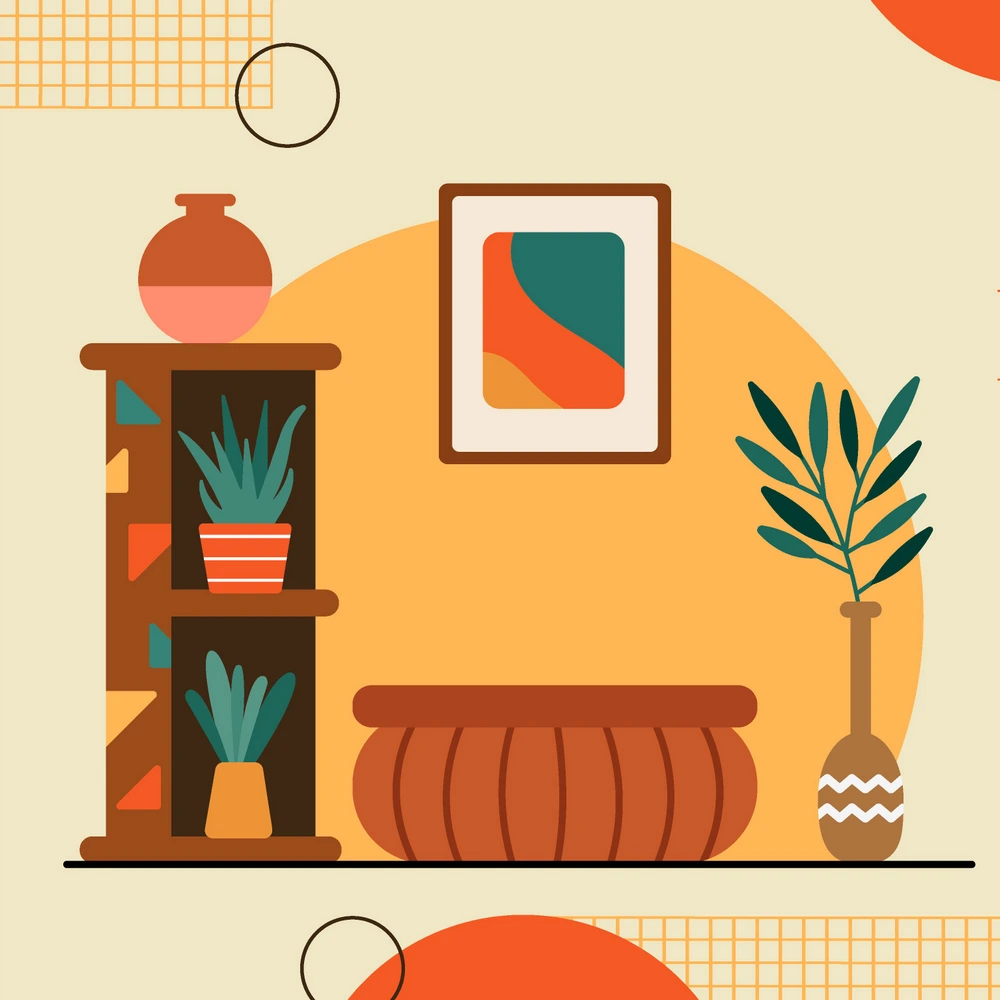

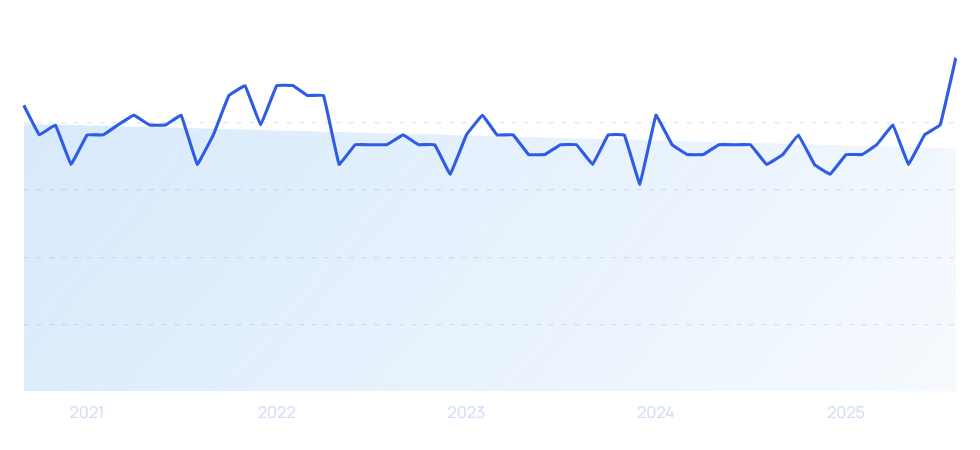



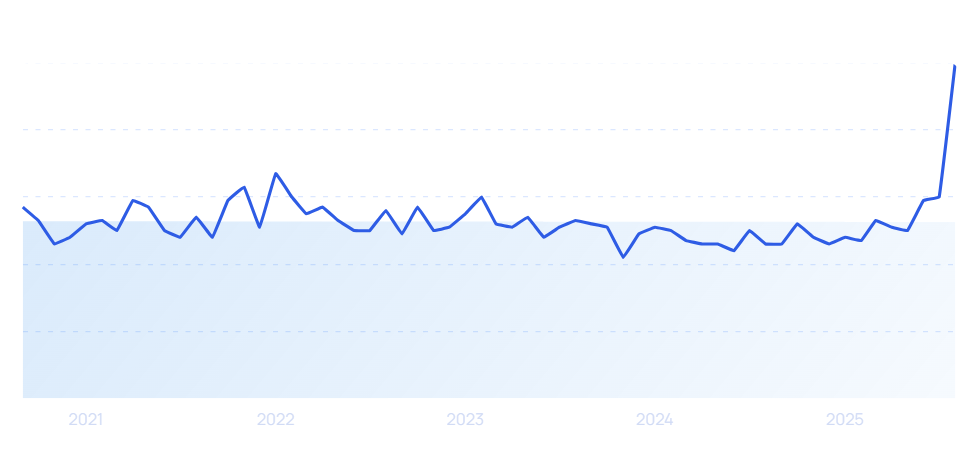

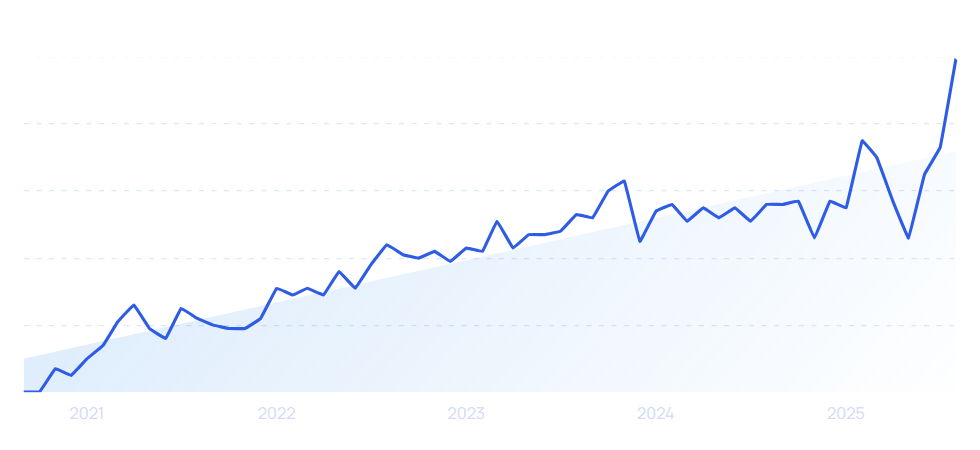


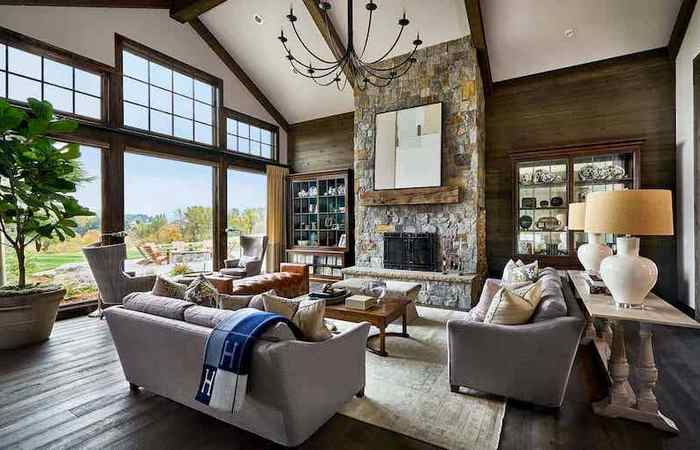

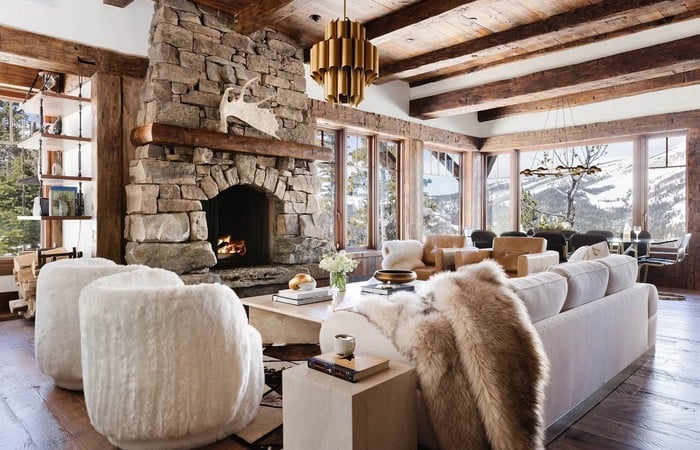
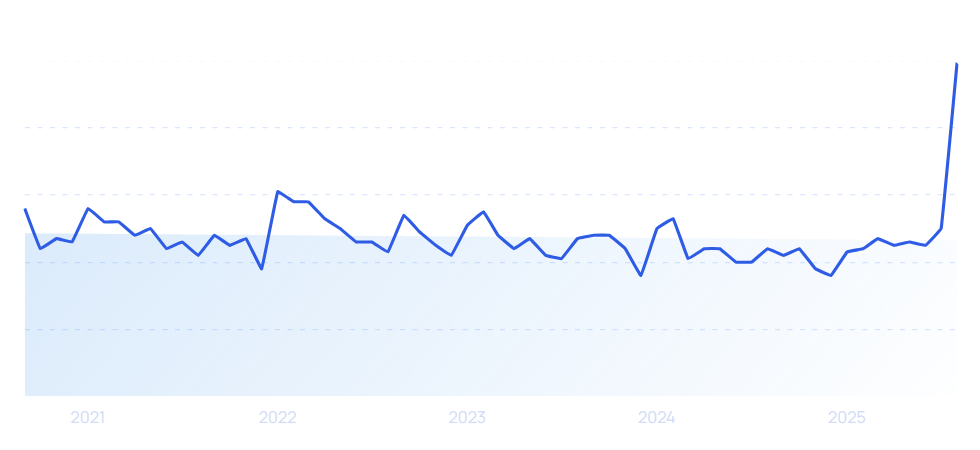

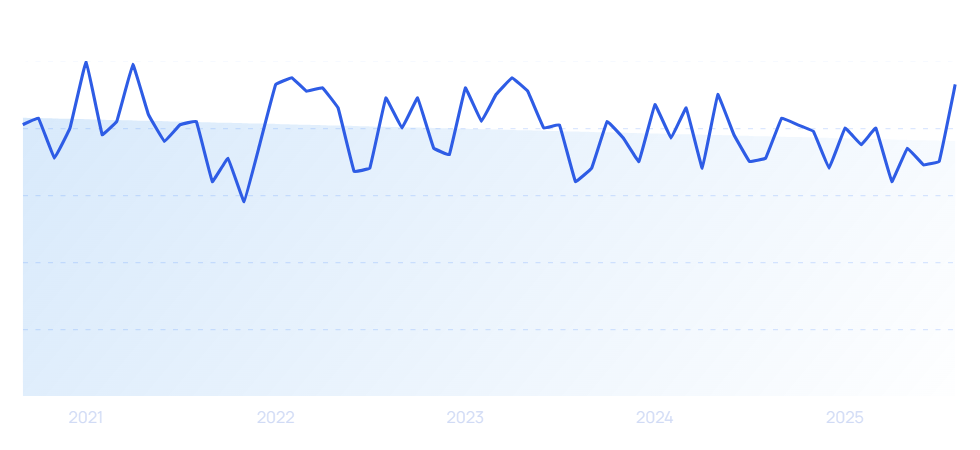
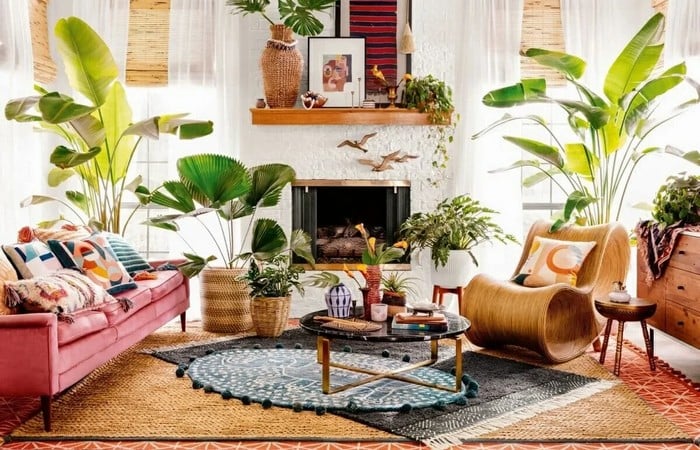

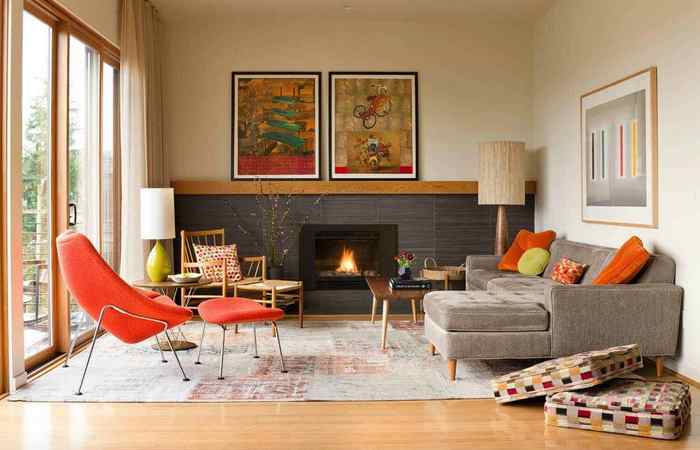
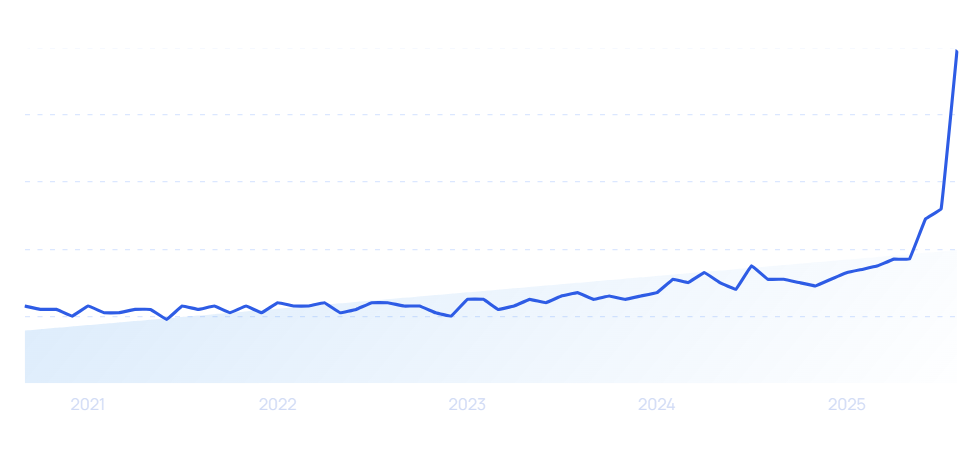
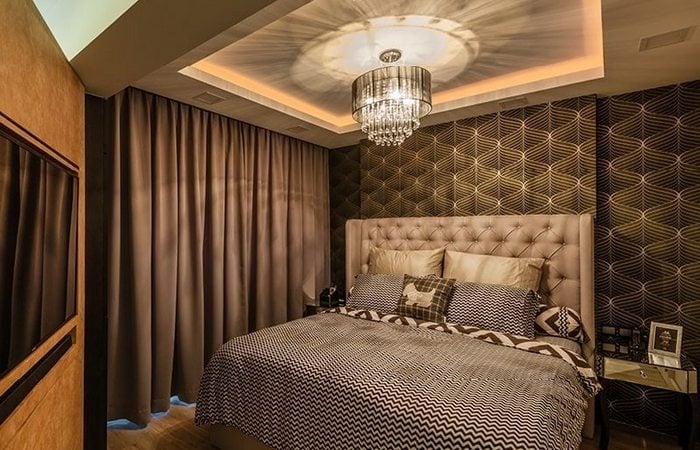

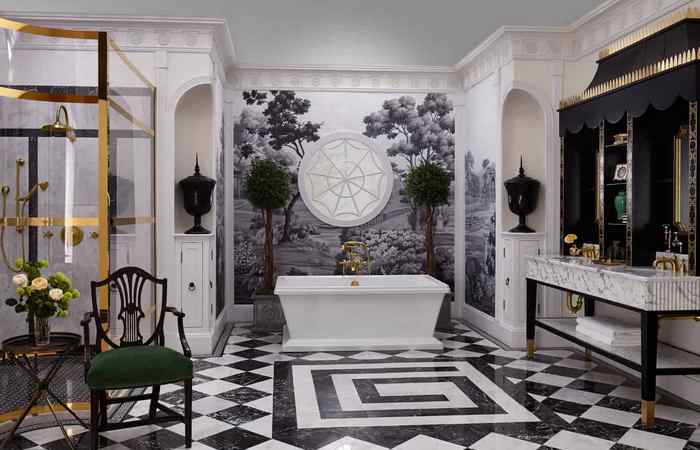

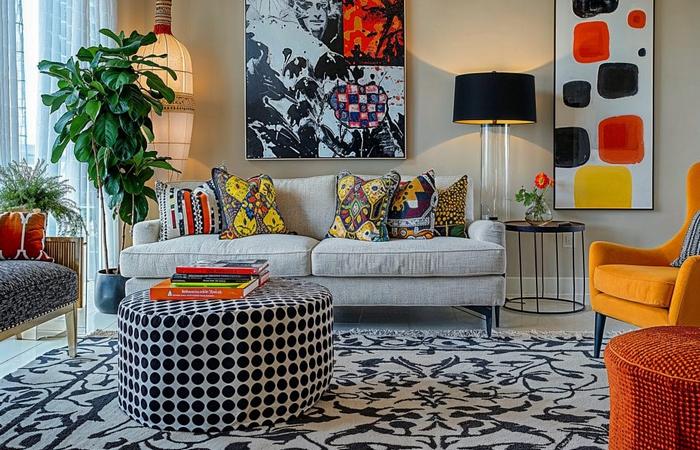

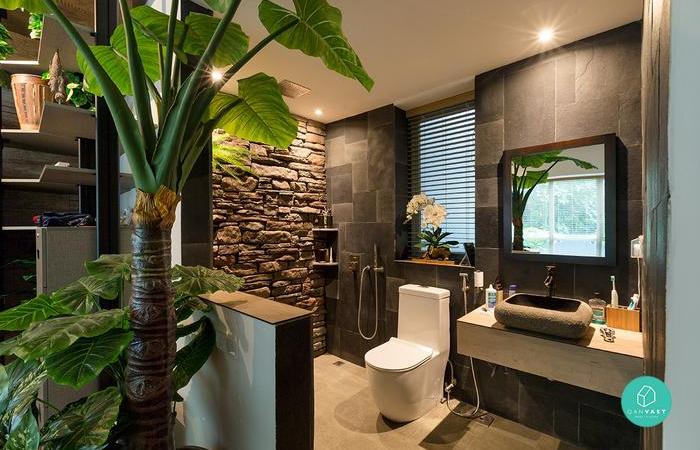
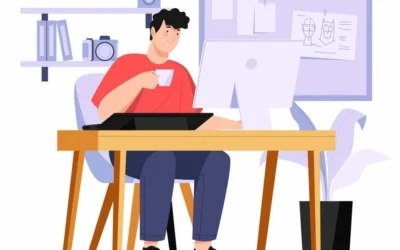


0 Comments